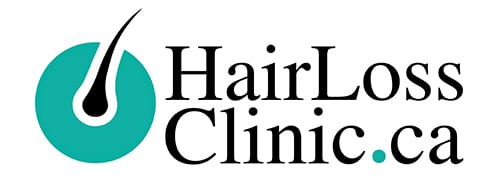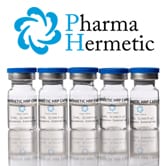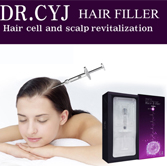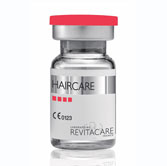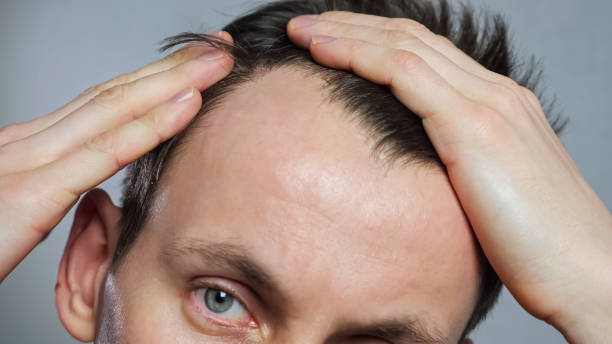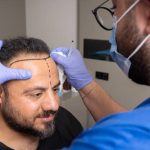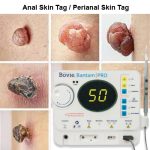March 15, 2024 By simonw Comments are Off
Table of Contents
Decoding DHT: The Hormone Linked to Hair Loss
What Is DHT and Its Role in the Body?
Dihydrotestosterone, often abbreviated as DHT and recognized as a byproduct of testosterone, significantly contributes to the development of male traits. Both men and women produce it, and it serves several functions in the body, from puberty changes in men to hair growth regulation in both sexes. However, when it comes to hair, DHT has a paradoxical effect. It’s beneficial for hair growth on certain body parts, yet it’s infamous for contributing to scalp hair loss, a condition medically termed DHT dihydrotestosterone alopecia or androgenic alopecia.
DHT and Hair Loss: The Connection
What is the precise effect of DHT on hair loss? DHT interacts with androgen receptors on hair follicles, mainly on the scalp’s crown and frontal areas, leading to follicular miniaturization. This negatively impacts the natural cycle of hair growth. Consequently, hair begins to thin progressively, which may result in hair loss, earning DHT its reputation as the baldness hormone. This DHT hair loss is more pronounced in individuals with a genetic predisposition to sensitivity to this hormone. Understanding how to control DHT could be crucial for many seeking to preserve their hair.
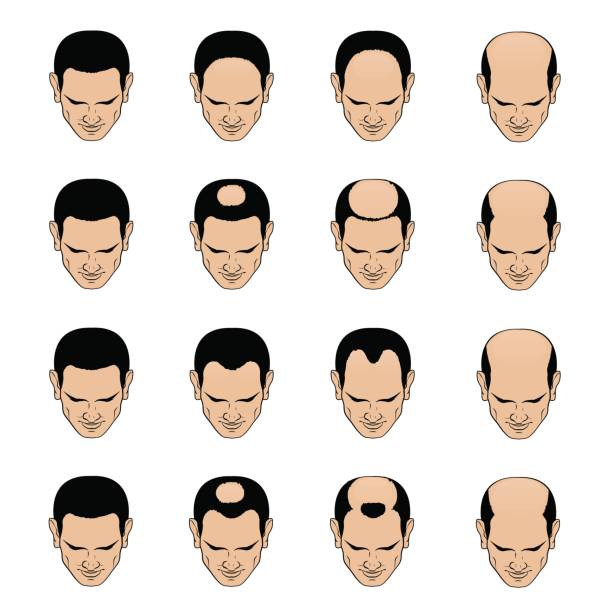
Addressing the Issue: Controlling DHT Levels
Controlling DHT involves a multifaceted approach. Medical options like finasteride work by targeting the enzyme 5-alpha-reductase, which is responsible for converting testosterone to DHT.
By blocking this enzyme’s activity, these medications can lower the scalp’s DHT levels, halting additional hair loss and occasionally stimulating new hair growth.
Natural strategies may include dietary changes—such as incorporating foods rich in lysine, antioxidants, and vitamins—alongside topical DHT blockers like saw palmetto. Exercise, which can help reduce stress and its associated hormonal imbalances, is also beneficial. While natural remedies may help, their effectiveness in DHT thinning hair and hair loss DHT treatment can be limited compared to medical interventions.
The Clinical Perspective: DHT Hormone and Its Impact
Clinicians view DHT’s role as nuanced. While essential for certain body functions, when DHT hormone levels are imbalanced, or the body is unusually sensitive to it, it can lead to DHT baldness, also known as androgenic alopecia. This condition irritates those who value a full head of hair as part of their identity.
While less intense than in men, this form of hair loss can lead to significant distress in women. The clinical term for this condition is female pattern hair loss, which often manifests as a general thinning of hair across the scalp rather than the receding hairline or bald spots more typical in men.
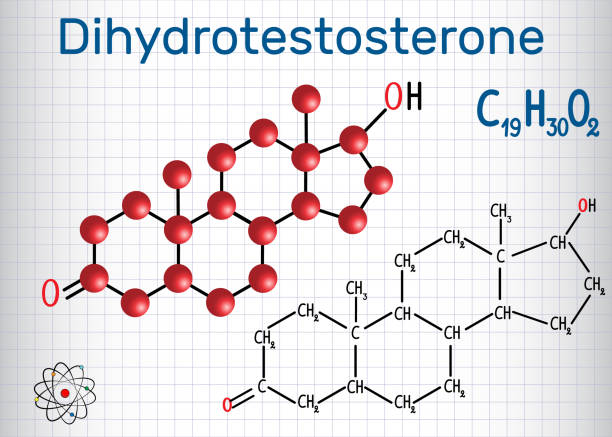
Coping with DHT-Related Hair Loss
There’s hope for those dealing with hair loss where DHT and baldness are linked. Advanced treatments such as PRP (Platelet-Rich Plasma) therapy and laser treatments have joined the ranks of DHT blockers and medications. PRP, for instance, involves:
- Extracting one’s blood.
- Enriching it will increase platelets and growth factors.
- Re-injecting it into the scalp to repair damaged follicles and promote healthy hair growth.
On the other hand, DHT blockers can come in many forms, including specialized shampoos, conditioners, and serums designed to reduce DHT’s effects on the scalp. For many, a combination of these treatments can yield the best results in battling DHT alopecia.
Q&A
- Can you explain DHT and why it’s often termed the ‘baldness hormone’?
DHT, or dihydrotestosterone, is a hormone that’s created from testosterone through the action of an enzyme called 5-alpha-reductase. It’s known as the ‘baldness hormone’ because it’s implicated in androgenic alopecia, the scientific name for the common hair loss pattern in both men and women.
Increased levels of DHT may cause the hair follicles to contract, precipitating a gradual thinning of the hair that could eventually culminate in the type of hair loss typically associated with DHT.
- How is DHT related to hair loss in women, and what treatments are effective?
In women, DHT can lead to hair thinning, often diffused across the scalp rather than resulting in a receding hairline or bald spots, as it typically does in men. This condition is referred to as DHT alopecia. Treatments can include DHT blockers, medications like finasteride that reduce dihydrotestosterone production, or PRP therapy to rejuvenate the scalp and stimulate hair growth.
- What are some methods of controlling DHT, and how do they impact hair thinning?
Treatments aim to either reduce the body’s production of DHT or block its effects on hair follicles to control DHT and its impact on hair thinning. Medications such as finasteride and dutasteride inhibit the enzyme that converts testosterone into DHT. Natural remedies, such as certain nutrients and herbal extracts, may also help manage DHT levels, but their effectiveness can vary.
- Is there a difference between the effects of DHT on male baldness versus female hair loss, and how can each be treated?
Yes, the effects of DHT on male and female hair loss differ in pattern and severity. Men typically experience receding hairline and bald spots, while women usually have overall hair thinning. Treatment for both may involve DHT inhibitors, but women often benefit from treatments like minoxidil or hormone therapy, depending on the cause of the hair loss.
- What does the latest research suggest about the role of DHT in hair loss, and are there any new treatments on the horizon?
Recent research confirms DHT’s role in miniaturizing hair follicles, leading to hair loss. Studies also explore how changes in the body’s sensitivity to DHT may affect hair growth. As for new treatments, ongoing studies are looking at novel DHT blockers, improvements in PRP therapy, and advanced laser treatments, aiming to provide better results for those with hair loss related to dihydrotestosterone.
Conclusion
The scientific community continually researches the link between DHT and hair loss to find more effective ways to treat this condition. With every new study, we better understand what DHT does and how we can manipulate its effects on the body, particularly concerning hair loss.
The potential for future treatments lies in their promise to offer more precise and effective methods to counteract DHT’s influence on hair while minimizing widespread side effects. The prospect of what dihydrotestosterone does is a question that researchers are endeavouring to answer more fully, potentially leading to innovative treatments that could benefit millions of individuals suffering from hair loss due to DHT.
Comments are closed.
